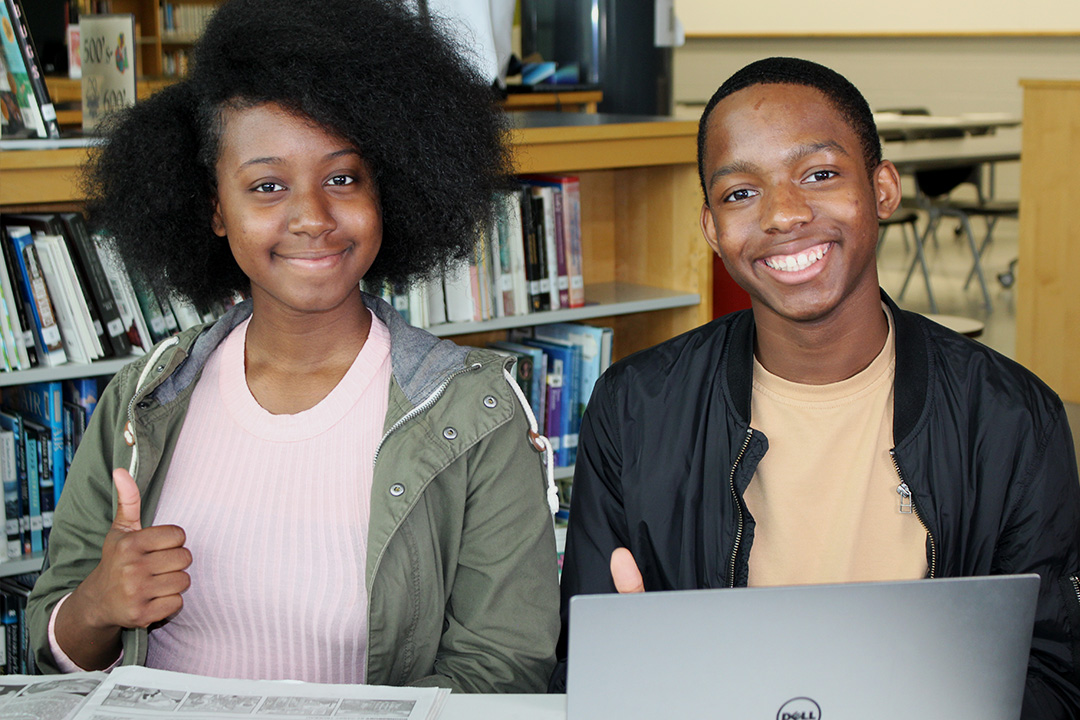Learn the research process using this series of self-paced lessons. Each lesson guides you step-by-step as you practice important research skills. You will learn to define and analyze sources, how to write a solid thesis statement, and ultimately understand how to create a research project.
Let's Get Started!
Learn the difference between a primary source and a secondary source, and identify examples of each type.
Go to Module 1: Using Primary and Secondary Sources (opens in new window)
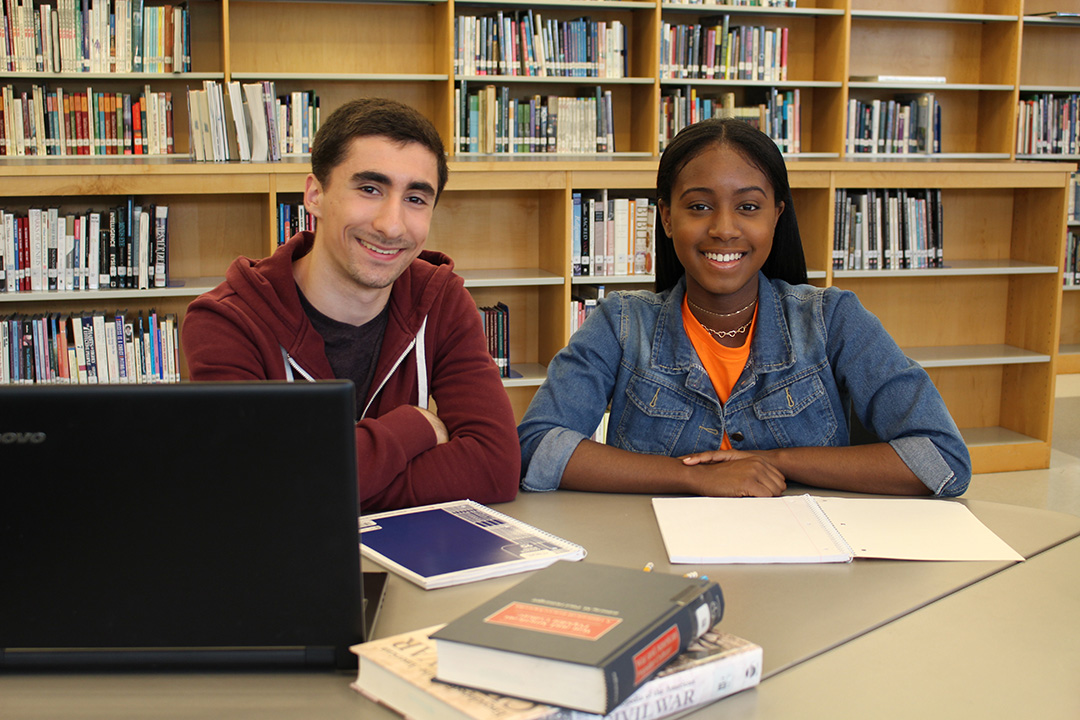
Learn how to examine primary sources, especially photographs, by making observations, taking time to reflect, and asking questions about the source.
Go to Module 2: Analyzing Primary Documents (opens in new window)
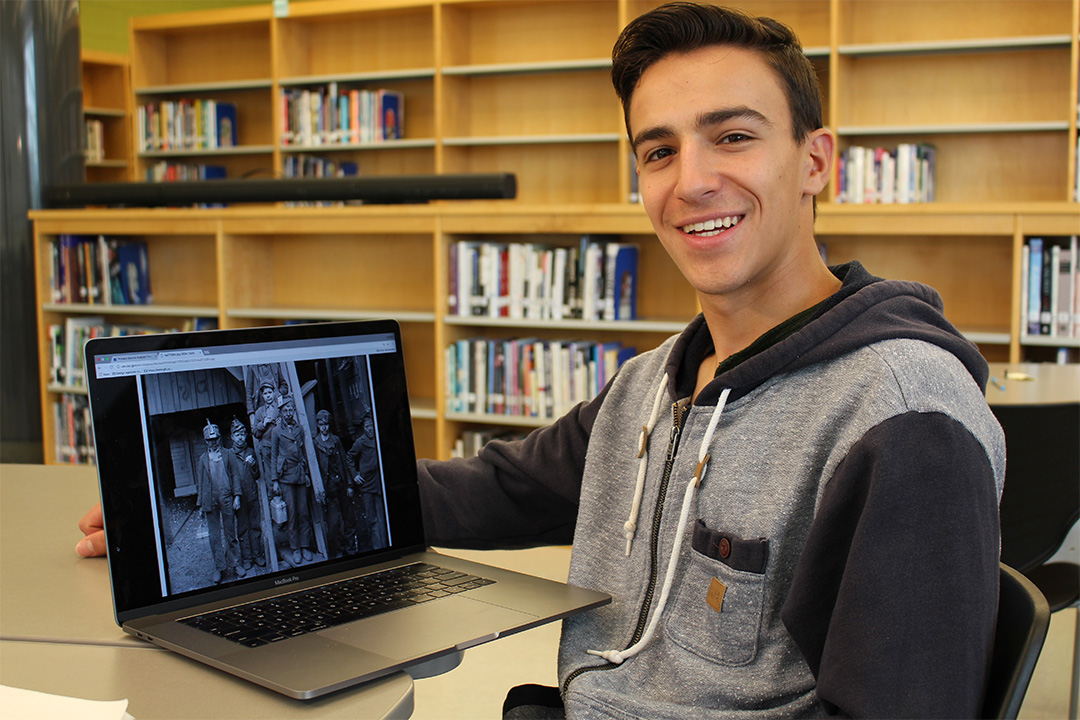
Learn how to develop an argument, or thesis statement, which serves as the basis of your research project.
Go to Module 3: Writing a Thesis Statement (opens in new window)

Learn how to organize your research into an outline and discover five creative formats for your research project.
Go to Module 4: Creating a Research Project (opens in new window)
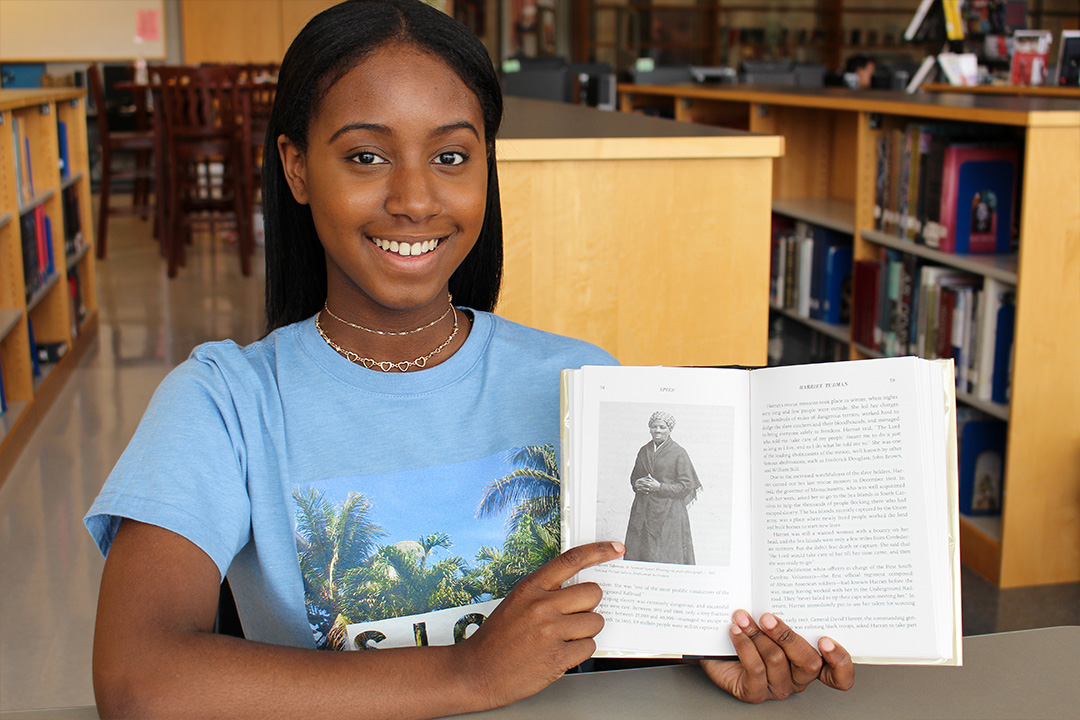
Learn how to find great historical sources for your research project.
Go to Module 5: Digging for Historical Sources (opens in new window)
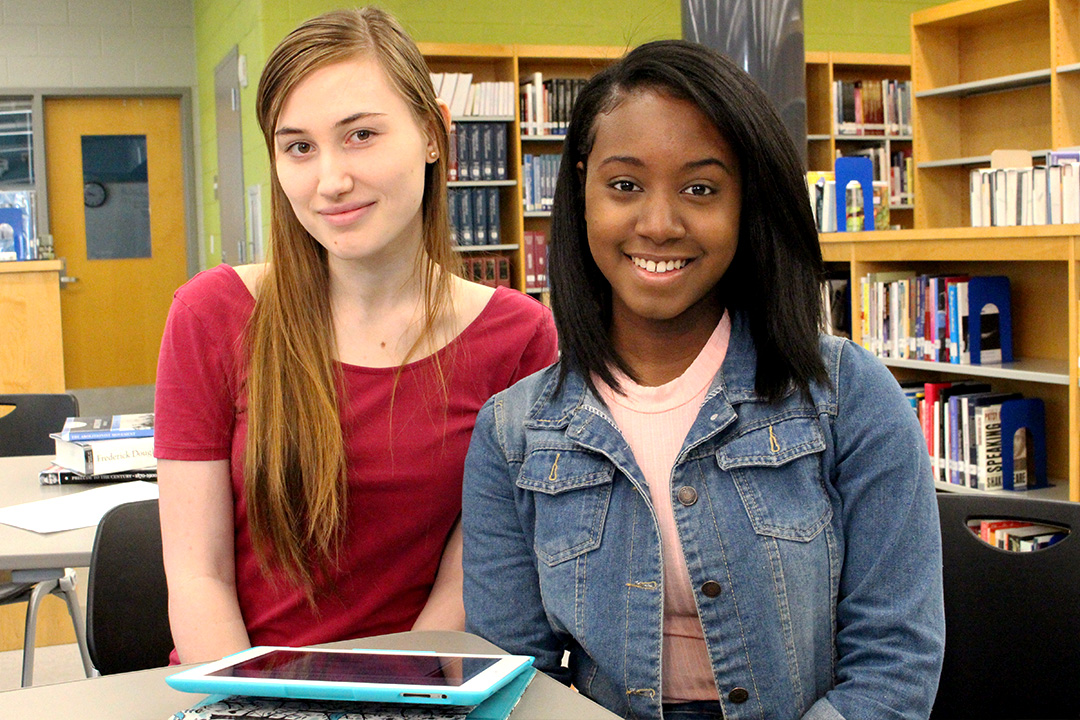
Learn how to evaluate historical documents by asking five simple questions.
Go to Module 6: Evaluating Sources (opens in new window)
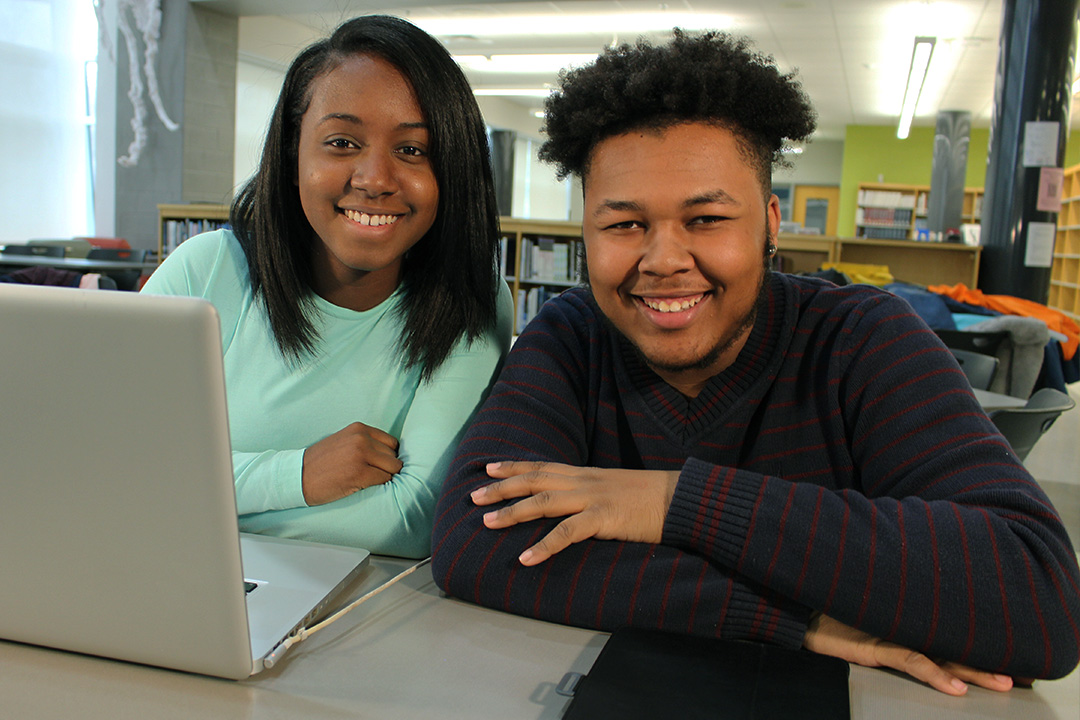
Learn how to analyze primary sources and use sources as evidence to make a claim about a historical topic.
Go to Module 7: Using Primary Sources as Evidence (opens in new window)

Learn about plagiarism, and the correct way to cite sources for a research project.
Go to Module 8: How to Cite the Right Way (opens in new window)
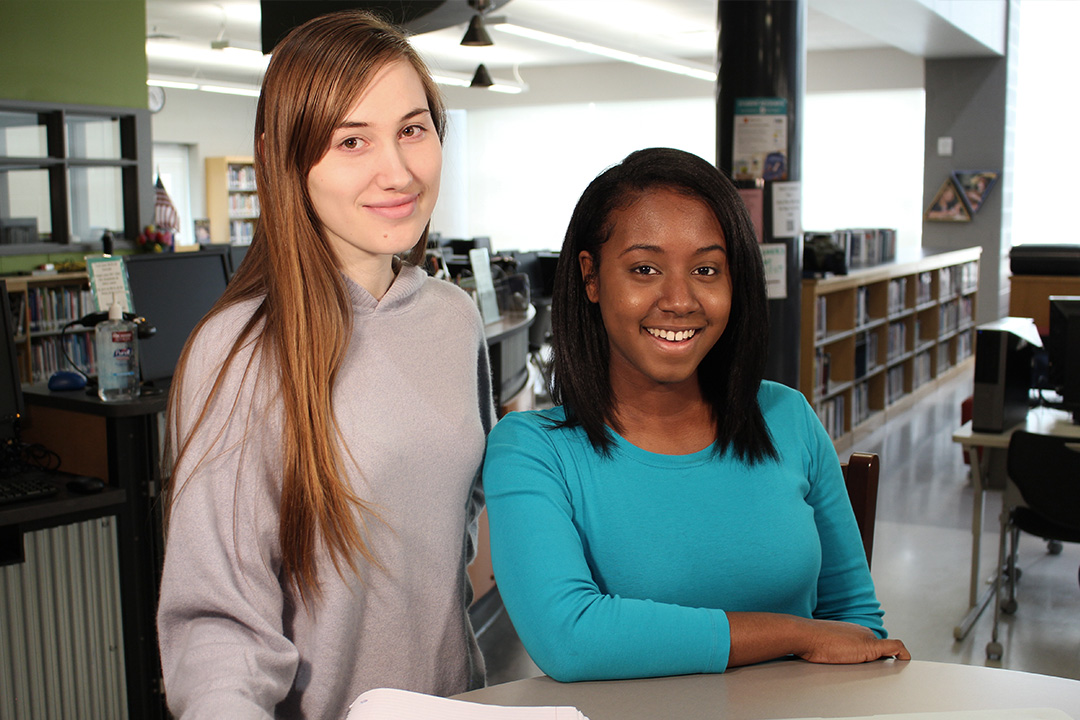
Learn how to analyze political cartoons and to identify persuasive techniques used by cartoonists.
Go to Module 9: Analyzing Political Cartoons (opens in new window)

Learn how to analyze historical charts, graphs, and tables and to recognize how they are used to share different perspectives.
Go to Module 10: Analyzing Charts, Graphs, and Tables (opens in new window)

Learn how to write a Chicago-style annotated bibliography.
Go to Module 11: Annotated Bibliography (opens in new window)
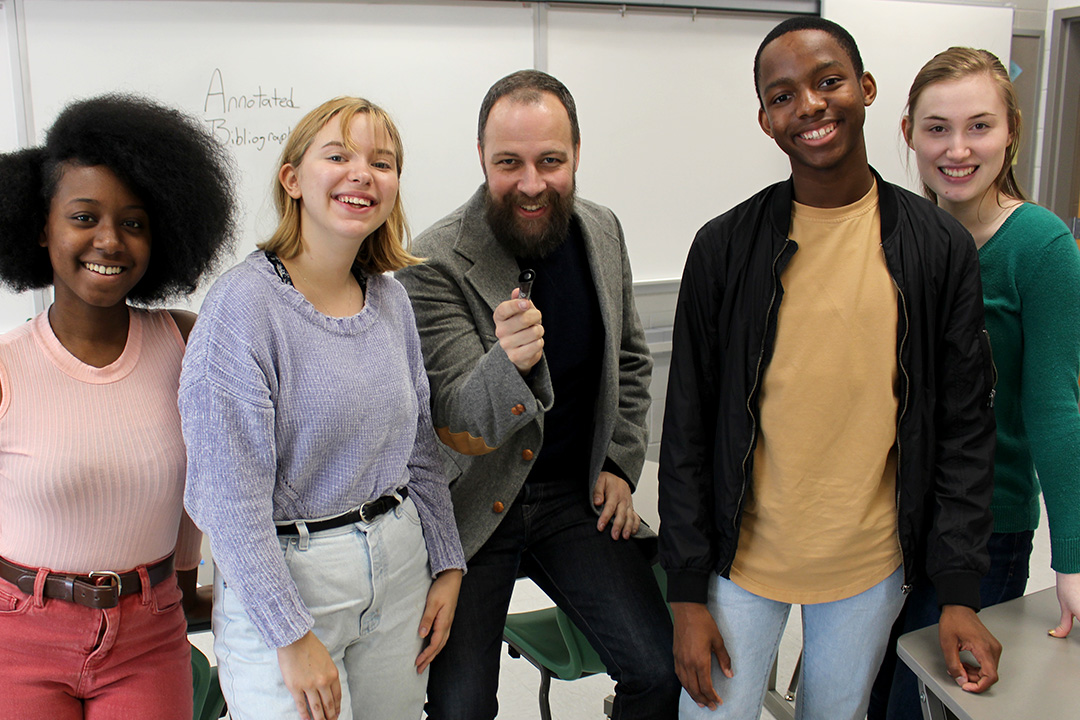
Learn how to analyze historic and modern media for signs of bias.
Go to Module 12: Media Literacy and Bias (opens in new window)
